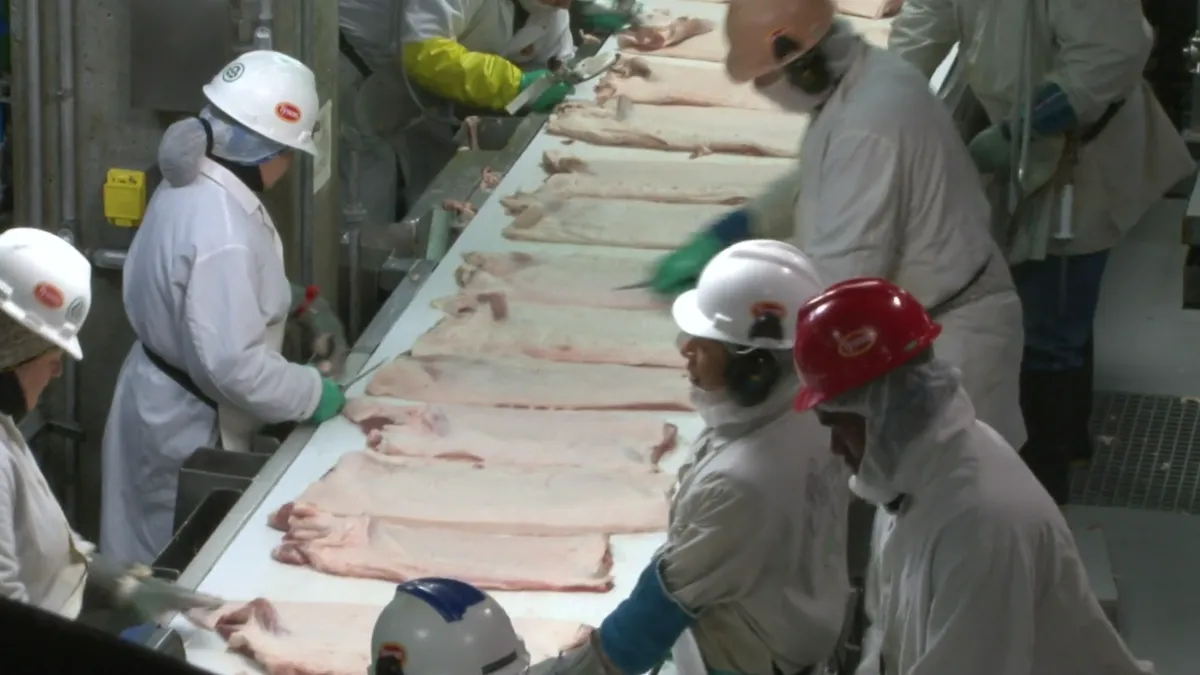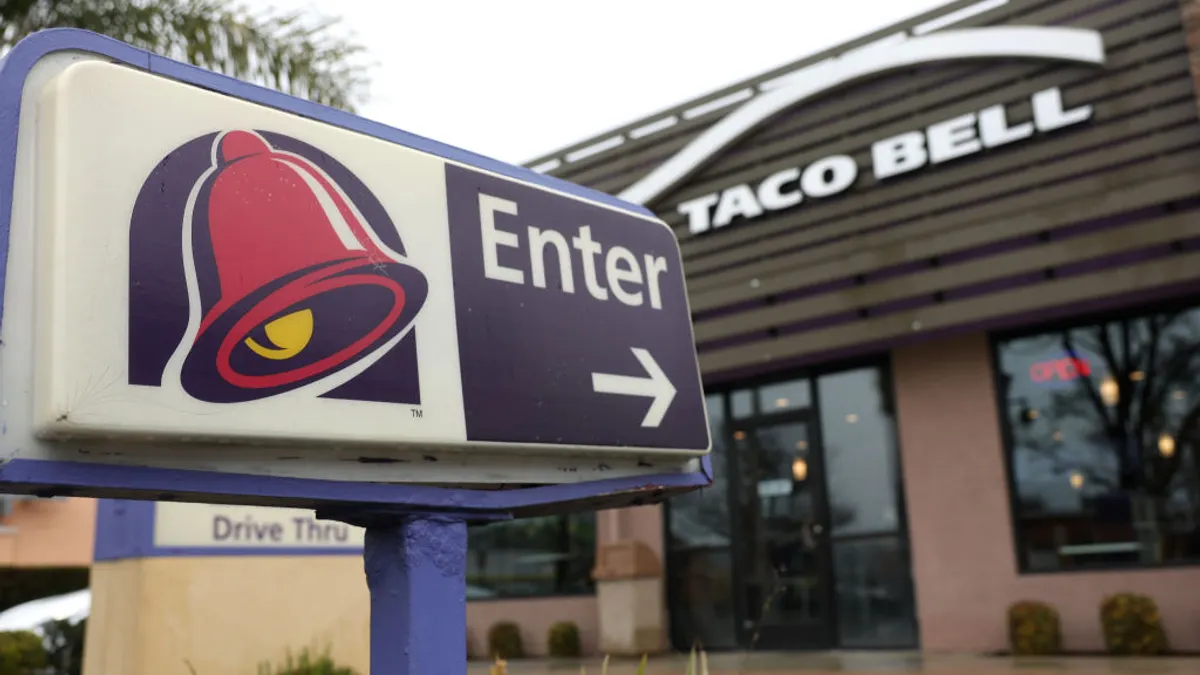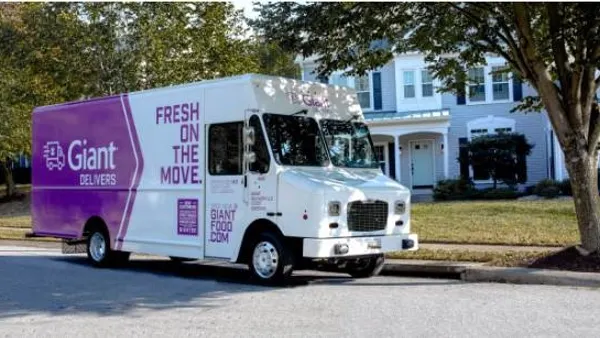Dive Brief:
- Tyson Foods is wrestling with record-low cattle availability as consumer demand for beef remains healthy, according to an Aug. 4 earnings call.
- Tyson has countered the tight supply by cutting costs from its operations, including network optimization efforts that shifted further processing volumes back into the company's harvest facilities.
- “At the same time, we’re enhancing our value-added mix with the help of new data and analytics capabilities that support smarter, faster decision-making,” Tyson President and CEO Donnie King told analysts.
Dive Insight:
In the quarter ending June 28, Tyson faced a “noticeably tighter” cattle supply than a year ago while demand was resilient, due to a heightened consumer appetite for protein, King said.
To maximize its beef supply, Tyson slowed down line speeds to achieve the highest possible yield performance in the company’s processing plants, Chief Supply Chain Officer Brady Stewart said, adding that it’s a strategy the company is likely to continue.
From January to June, cow slaughter was down 16%, “an early indicator of heifer retention beginning,” King said. This practice involves holding on to young female cattle for breeding rather than sending them to slaughter.
King expects ranchers to start herd rebuilding “in earnest” in 2026, and the supply benefits of heifer retention will be seen two years later.
Herd management is not the only negative factor affecting beef supply. Weather has also played a role, Stewart said. The drought period in the midst of the beef cycle has been more prolonged than others over the past several decades, he said.
The Trump administration’s recent tariffs on beef from Brazil have not impacted prices to date, Stewart said, noting that there’s a “significant delay” before tariffs raise product prices on store shelves.
Overall, Tyson has shaved off over $100 million in controllable costs from its beef segment this year, King said. “We are managing this market environment with discipline, controlling what we can across the supply chain to meet customer needs.”
This story was first published in our Procurement Weekly newsletter. Sign up here.















